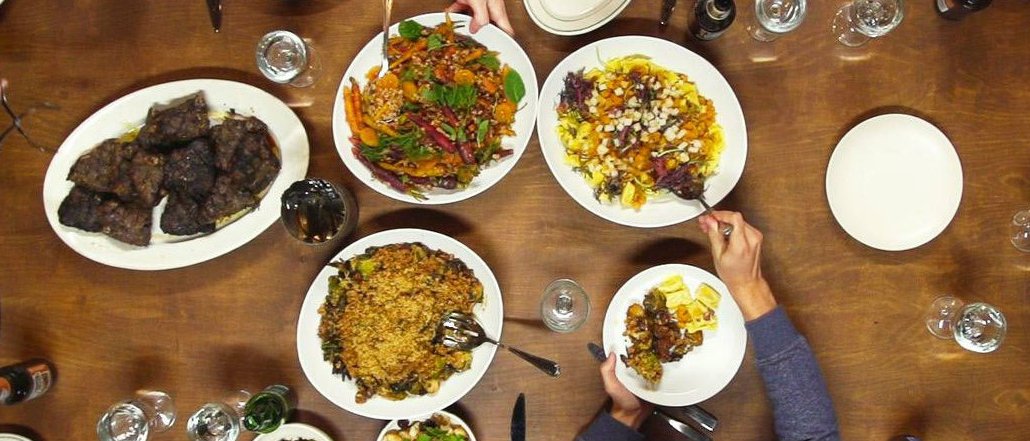Save 50% on a 3-month Digiday+ membership. Ends Dec 12.

Tastemade is a heavyweight on Facebook with more than 1.3 billion monthly views. It’s now looking to replicate that success on Facebook’s sister social platform, Instagram.
The food and travel publisher has grown followers on its main Instagram account from 50,000 six months ago to more than 850,000 today. Tastemade is publishing two to four Instagram videos per day, with videos accounting for nearly 90 percent of all Instagram posts across five different accounts. This includes the main account as well as localized versions like Tastemade Brasil and Tastemade Japan. Tastemade is averaging 100,000 to 300,000 views per day on Instagram — in the past week, its videos have received 2.9 million views across its five accounts.
“Instagram is going to want to see more videos now that they’re tweaking the algorithm,” said Oren Katzeff, head of programming for Tastemade. “Quality and relevance are going to win out over quantity, and there’s room for high-quality food and travel videos for the platform.”
Tastemade’s Instagram efforts are overseen by the company’s programming and production teams, which employ nearly 12 people. The publisher has an Instagram specialist who is responsible for day-to-day operations, including building and managing a content calendar as well as working with the production team to create unique content for the platform. The way Tastemade is organized, it has “platform programming heads” for each platform it distributes to. These specialists meet to get “weeks ahead” on scheduling content for each platform.
“The way we have tried to train the team is that anyone who touches content creation should be thinking about all of our platforms,” said Katzeff. “But it’s important to also have people more or less dedicated to specific platforms.”
Recipe videos such as this one for “deconstructed pot roast” are getting nearly 100,000 views in less than 24 hours. It expects those numbers to grow as Instagram prioritizes video. The platform recently announced that it will allow users to post longer videos (up to 60 seconds long).
“[The change] will provide publishers with more format options and, therefore, more flexibility with their content and assets,” said Jessica Liu, senior analyst of social marketing at Forrester. “However, publishers will still need to be mindful of the main principle of social media: Who is my audience, and do they want the video format?”
Right now, sports videos rule Instagram. For instance, the top Instagram video publisher is the NBA, which did 118 million views in February, according to Tubular Labs. But Instagram has always been a popular platform for users to post food and travel images, which is why Tastemade is convinced that food and travel videos will also work on the platform.
“There is a natural aesthetic of what works well on Instagram with images that you can duplicate with video,” said Katzeff.
With Instagram’s rule changes, Tastemade plans to experiment with different video lengths and shooting styles, he added. “It’s still early, but the audience is growing rapidly. We look at it like we did Facebook: Last January, our Facebook view count was 5 million; now it’s over a billion.”
More in Media

Meta enters AI licensing fray, striking deals with People Inc., USA Today Co. and more
The platform has secured seven multi-year deals with publishers including CNN, Fox News, People Inc., USA Today Co to incorporate their content into its large language model (LLM) Llama.

European publishers say the Digital Omnibus ‘cookie fix’ leaves them worse off
The European Union’s attempt at a legislative spring clean for Europe’s web of data privacy rules, has landed flat with publishers.

Digiday+ Research Subscription Index 2025: Subscription strategies from Bloomberg, The New York Times, Vox and others
Digiday’s third annual Subscription Index examines and measures publishers’ subscription strategies to identify common approaches and key tactics among Bloomberg, The New York Times, Vox and others.





